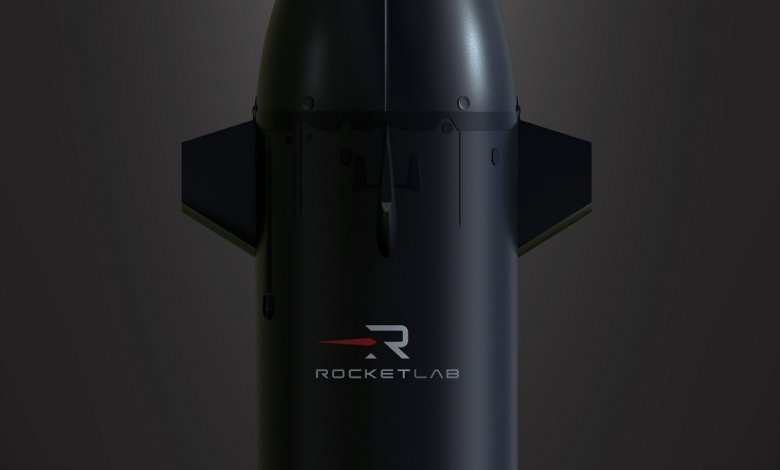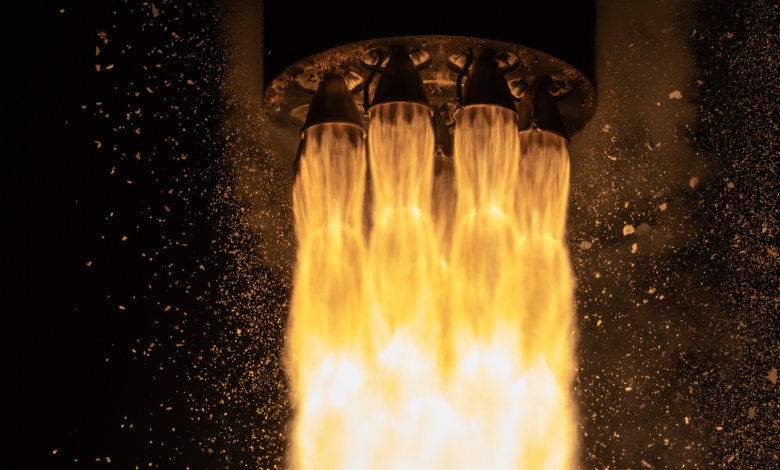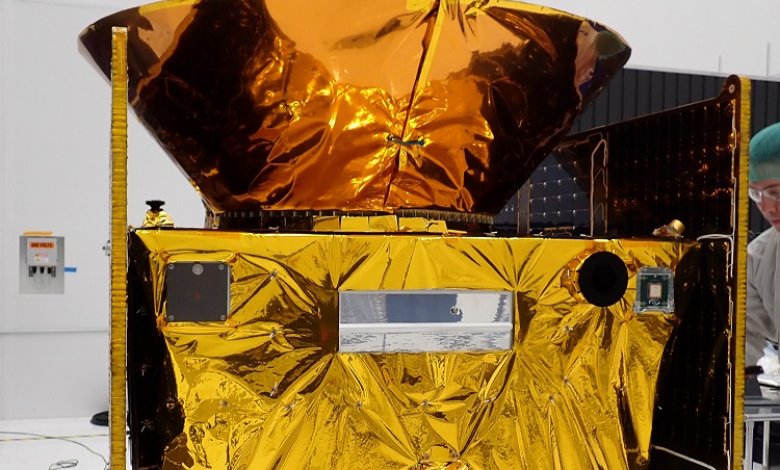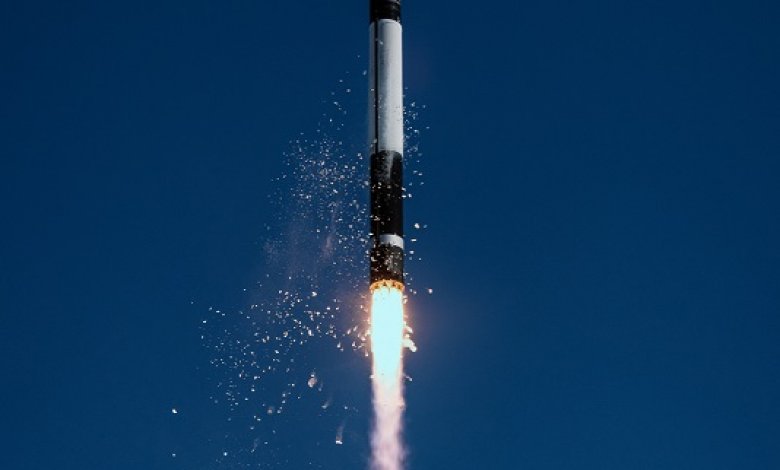Rocket Lab selected by Ball Aerospace to Power NASA’s GLIDE Spacecraft
Rocket Lab selected by Ball Aerospace to Power NASA’s GLIDE Spacecraft
Rocket Lab will supply the Solar Array Panel (SAP) for the GLIDE Heliophysics mission
June 9, 2022--LONG BEACH, Calif.--Rocket Lab USA, Inc. (Nasdaq: RKLB) (“Rocket Lab” or “the Company”), a leading launch and space systems company, has been selected by Ball Aerospace to manufacture the Solar Array Panel (SAP) to power NASA’s Global Lyman-Alpha Imager of Dynamic Exosphere (GLIDE) mission spacecraft planned to launch in 2025. GLIDE is a heliophysics mission intended to study variability in Earth’s atmosphere.
The SAP will utilize SolAero by Rocket Lab’s high-efficiency, radiation-hardened, quadruple-junction Z4J solar cells, laid down on carbon composite facesheet panels manufactured at the company’s facilities in Albuquerque, New Mexico.
The GLIDE spacecraft will launch with another Rocket Lab-powered spacecraft, also built by Ball Aerospace, the National Oceanic and Atmospheric Administration’s (NOAA’s) Space Weather Follow On-Lagrange 1 (SWFO-L1). SWFO-L1 is a heliophysics mission that will collect solar wind data and coronal imagery to meet NOAA’s operational requirements to monitor and forecast solar storm activity.
“Rocket Lab has become the ‘go-to’ provider of space solar power and space systems products throughout the space industry, including for ambitious heliophysics missions like GLIDE,” said Rocket Lab founder and CEO, Peter Beck. “I am grateful to our partners at Ball Aerospace for selecting Rocket Lab and excited to be working with them to support NASA’s Heliophysics missions to deliver advanced science.”
Rocket Lab has provided power to multiple spacecraft as part of NASA’s Heliophysics Division missions including the Parker Solar Probe, the first-ever mission to “touch” the Sun that launched in 2018, and the Magnetospheric Multiscale (MMS) mission, a robotic space mission to study Earth’s magnetosphere that launched in 2015.








